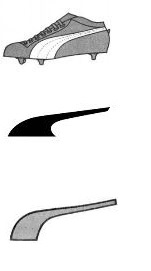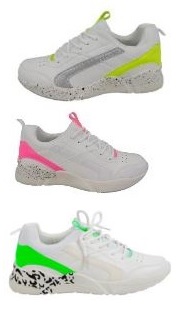Trademark agency Abcor - protect your trademark
Contact
If you have questions or want to know more about our services?Please mail: info@abcor-ip.com
Please call: 31 (0)71 576 3116
In 2017, an employee of Kolham Meubelhallen (Kolham furniture halls) was photographed for the company's advertising brochure. Less than a year later she switched jobs to a competitor. When Kolham re-uses one of the photos in a folder in 2019, the former employee objects, invoking her portrait right and claiming 5,000 euros in compensation for the publication against her will, as she no longer wishes to be associated with her previous employer.
The court agreed with her. Seeing that the employee had given permission for the photo shoot, she had basically renounced her portrait rights. However, that permission was strictly limited to use in advertising during employment.
As the employee started working for the competitor, the company should have checked whether the photos could still be used. As this was not done, the appeal to her portrait right is justified. However, the compensation is adjusted to € 500, because this concerns a limited use and the ex-employee is not renowned.

